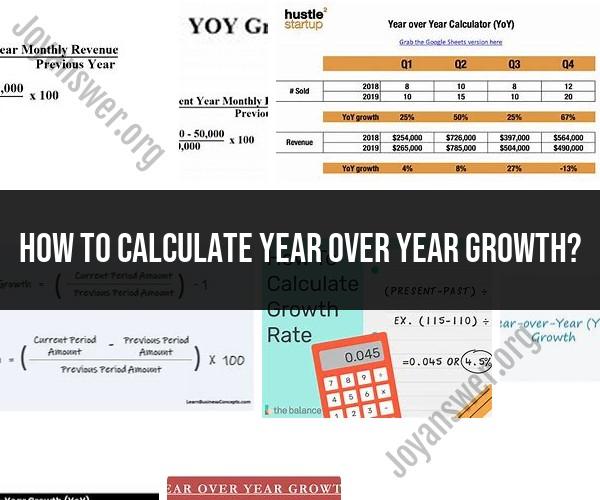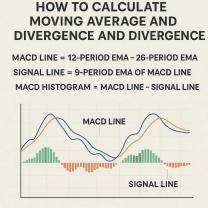How to calculate year over year growth?
Calculating year-over-year (YoY) growth is a common method used to analyze changes in various financial, economic, or performance metrics over a 12-month period. It compares data from one year (the current year) to the same period in the previous year. The formula for calculating YoY growth is:
Here's a step-by-step guide on how to calculate YoY growth:
Gather Data: Collect the data for the metric you want to analyze for both the current year and the previous year. Ensure that the data covers the same time period, such as a specific month, quarter, or year.
Subtract Previous Year from Current Year: Subtract the value of the metric for the previous year from the value for the current year. This calculation represents the absolute change or the difference between the two years.
Calculate Percentage Change: To express the change as a percentage, divide the absolute change by the value for the previous year and multiply by 100.
Interpret the Result: The YoY growth percentage indicates how much the metric has grown or declined compared to the previous year. A positive percentage represents growth, while a negative percentage indicates a decline.
- If YoY Growth > 0: It signifies growth or an increase compared to the previous year.
- If YoY Growth < 0: It indicates a decline or decrease compared to the previous year.
- If YoY Growth = 0: It suggests no change; the metric remains the same as the previous year.
Consider Additional Analysis: Keep in mind that YoY growth is a simple way to assess changes over a year, but it may not capture seasonal variations or shorter-term trends. Depending on your analysis goals, you may want to explore more granular data or use other techniques for a more comprehensive view of trends.
Example:Let's say you want to calculate the YoY growth in the revenue of a company. In 2022, the company had total revenue of $1,500,000, and in 2021, it had revenue of $1,200,000. Using the formula:
The YoY growth in revenue is 25%, indicating a 25% increase in revenue from 2021 to 2022.













